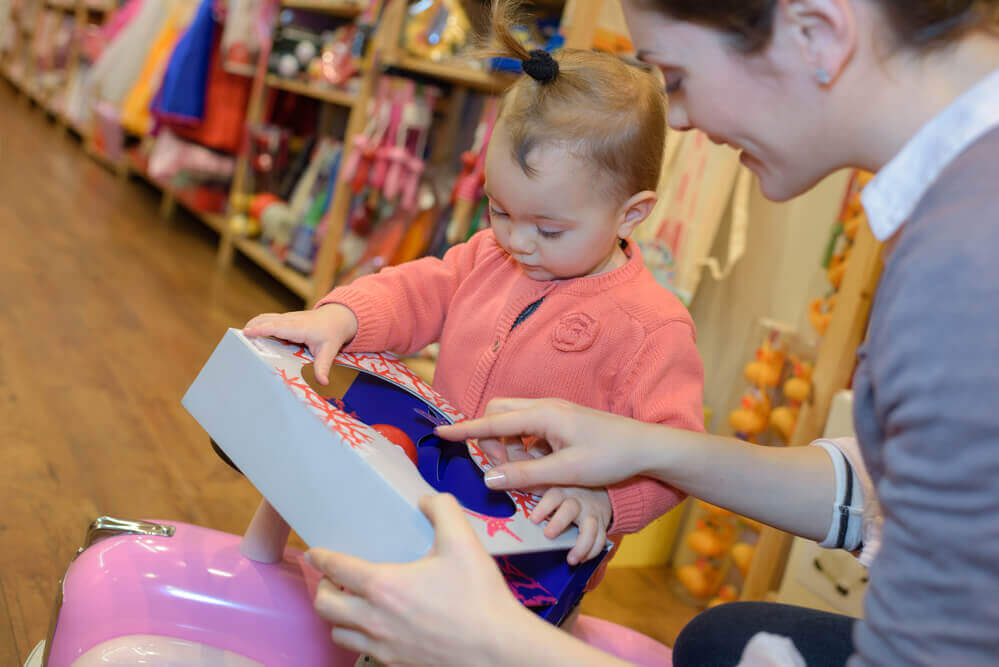
Visual merchandising plays a crucial role in the success of any retail business, and toy retailers are no exception. Creating an appealing and captivating in-store experience can significantly enhance customer engagement and boost sales. By implementing effective visual merchandising strategies, toy retailers can create an immersive environment that attracts children and their parents. Here are seven key strategies to help toy retailers create an engaging and visually stimulating shopping experience.
1. Theme-Based Displays
Creating theme-based displays is one of the most effective ways to captivate customers. Choose popular themes that resonate with your target audience, such as superheroes, princesses, or animals. Incorporate relevant toys, props, and decorations to bring the theme to life. Creating a cohesive and visually appealing display can attract customers' attention and encourage them to explore the toys associated with the theme.
2. Eye-Catching Window Displays
Your store's window displays are potential customers' first impression of your toy store. Make sure they are visually striking and enticing. Use colorful backdrops, props, and lighting techniques to create an eye-catching display that showcases your best-selling or new toys. Consider incorporating interactive elements or dynamic displays that capture the imagination of passersby and entice them to step inside.
3. Product Grouping
Grouping toys based on themes, age ranges, or play categories can make it easier for customers to navigate your store. Organizing your products thoughtfully creates a more pleasant shopping experience and help customers find what they are looking for more easily. Use signage or labels to guide customers through different sections and highlight key features of each product group.
4. Interactive Displays
Engaging customers through interactive displays can be highly effective in toy retail. Set up play stations or demo areas where children can test the toys. This keeps them entertained and allows them to experience the toys firsthand, increasing the likelihood of a purchase. Encourage children to interact with the toys by providing clear instructions and creating a fun and inviting atmosphere.
5. Visual Hierarchy and Placement
Creating a visual hierarchy within your store can help draw customers' attention to specific products or promotions. Use different display heights, shelving, or podiums to create levels and showcase premium or high-demand items. Place best-selling or new toys at eye level to ensure maximum visibility. Strategically position related accessories or add-ons near their corresponding toys to encourage upselling.
6. Storytelling with Visuals
Tap into the power of storytelling to create a memorable shopping experience. Arrange toys in a narrative sequence that tells a story. For example, you could create a display showcasing a camping adventure with tents, sleeping bags, and outdoor toys. This approach sparks children's imagination and helps parents envision how the toys can be incorporated into their child's playtime. Use props, signage, or digital displays to enhance the storytelling experience.
7. Seasonal and Holiday Themes
To keep your store fresh and exciting throughout the year, incorporate seasonal and holiday themes into your visual merchandising strategy -deck out your store with festive decorations during holidays like Christmas, Halloween, or Easter. Feature seasonal toys and create displays that reflect the spirit of the occasion. This creates a sense of urgency and excitement and makes your store a go-to destination for holiday shopping.
Effective visual merchandising is vital for toy retailers to create an engaging and immersive shopping experience. By implementing theme-based displays, eye-catching window displays, product grouping, interactive displays, visual hierarchy and placement, storytelling with visuals, and seasonal and holiday themes, toy retailers can capture customers' attention, boost sales, and leave a lasting impression.
